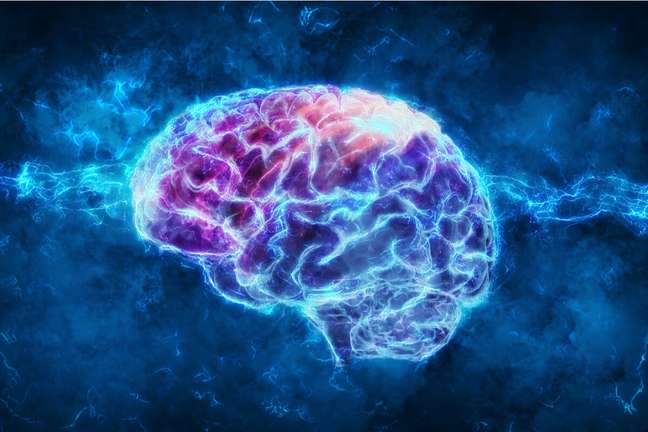The neuropsychologist explains how the memory storage process works in the brain
It’s a fact: once we learn to pedal, we never forget what it’s like. However, why is memory so perfect in these moments and, in others, can it fail so badly? The “secret” lies in our ability to retain long-term memory.

types of memories
According to neuropsychologist Boris Suchan, there are two types of long term memory: the procedural and the declarative, the latter divided between the episodic and the semantic. In an article published in Scientific American, he explains that while episodic memory is responsible for remembering events that occurred during life, semantics is concerned with remembering specific facts. Meanwhile, it’s up to procedural memory to maintain knowledge of the skills we’ve learned over the years.

Why don’t we forget how to ride a bike?
About driving a car or ride a bicycle, for example, are stored in an area of the brain separate from other memories. This is why someone with amnesia can ride a bike or drive without remembering their name.
That doesn’t mean it’s impossible to forget how to ride a bike. A person suffering from brain damage affecting the basal ganglia can lose function and end up forgetting how to ride a bike. In addition to this, as explained by Dr. Suchan, since the memories responsible for creating and storing movement patterns are found in a brain area which undergoes nerve cell regeneration much less, abilities are recorded much longer in our memory.
Text originally published in Revista Bicicleta (Edition 129).
By Bicicleta magazine
🇧🇷The best content in your email for free. Choose your favorite Terra newsletter. Click here!
Source: Terra
Ben Stock is a lifestyle journalist and author at Gossipify. He writes about topics such as health, wellness, travel, food and home decor. He provides practical advice and inspiration to improve well-being, keeps readers up to date with latest lifestyle news and trends, known for his engaging writing style, in-depth analysis and unique perspectives.







